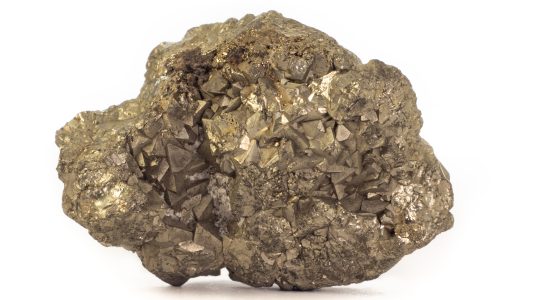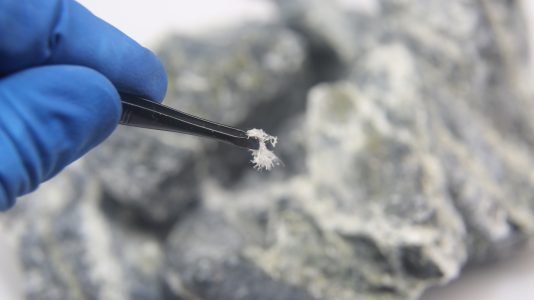Pyrite, dangerous for health?
September 1st, 2022
If you are a homeowner and have already requested a building inspection. You may have wondered if the property has pyrite in the foundation. This is a frequently asked question. This is a problem that has existed since the 1970s and has left its mark in people’s memories. At the time, these were problems that could emerge 15 to 25 years after the construction of a building. Once the pyrite problem is identified, many expenses accumulate. It is therefore not uncommon for future owners to wonder about the effective ways to discern a pyrite problem in a building. In this article, we will try to give you information on the clues to recognize it and on the impacts of having pyrite in your home.
What is pyrite?
Pyrite is a mineral present inside the aggregates used in foundation backfill. This mineral is very reactive in the presence of oxygen and humidity. When these two conditions come together, a chemical reaction is caused. Indeed, sulfuric acid is produced and causes the aggregates to burst, which disintegrates the concrete and can create heaving. Today, a standard aimed at overseeing backfilling work has been in effect since 1999. The regulation exists to ensure that the materials used in the backfill are not likely to swell when exposed to moisture.
Signs to take into account?
The chemical reaction that occurs when pyrite comes into contact with moisture and oxygen is very difficult to identify. Many years can pass before the visual clues show up. The first signs may appear in the garage. Although we might think that the basement is the prime place to discover the warning signs of the presence of pyrite, the large amount of fill under the garages makes it a prime place to watch. As specified earlier, the reaction of pyrite with oxygen and moisture produce expansion of the granular backfill. This reaction raises the concrete slab which will then tend to crack. The crevices often form a star or cross pattern. Not all cracks are the result of pyrite, some may be due to concrete shrinkage during drying, for example. It is also possible to find cracks near the walls adjacent to the slab. Another sign to look out for is the presence of white powder. Another result of the chemical reaction induced by pyrite is the production of gypsum. Indeed, it is common to find a white powder inside the cracks. Once the reaction has started, the evolution continues with the uplift of 1 to 5 mm per year. From the moment the backfill is exposed to humidity and oxygen, it is therefore necessary to act quickly.
Health impacts
Contrary to what one might think, it is not the chemical reaction produced by pyrite that is a health hazard. However, the situation can lead to a significant increase in humidity in the basements. Inevitably, since the concrete slab is cracked, the retained humidity risks ending up inside the house. The risk of mould inside the building is therefore increased tenfold. Remember that the humidity inside a home must be controlled in order to limit its negative impacts on health.
Pyrite problems can be alarming for building owners and cause considerable stress. If you have any doubts about the presence of pyrite in your home, do not hesitate to contact professionals who will be able to advise you and establish an action plan with you to remedy the situation.




